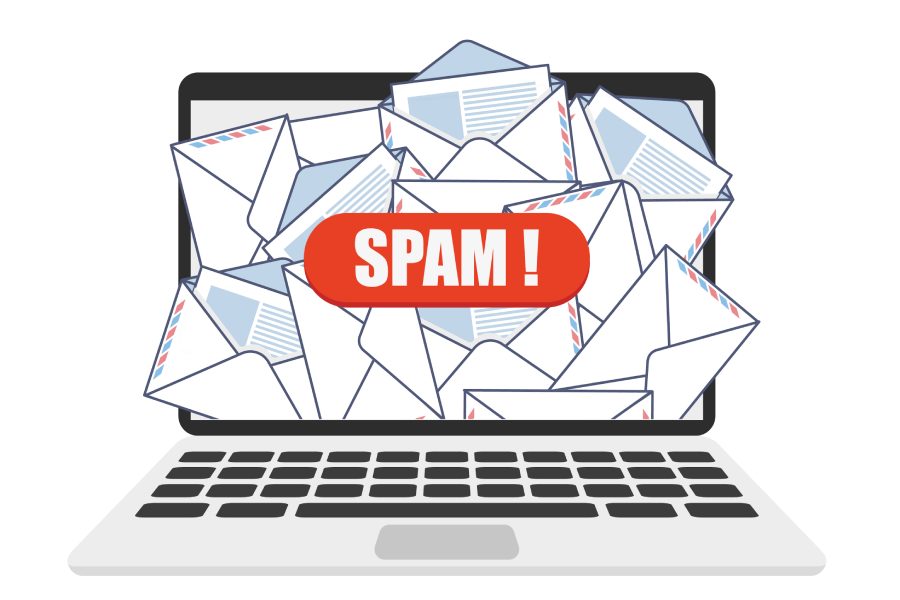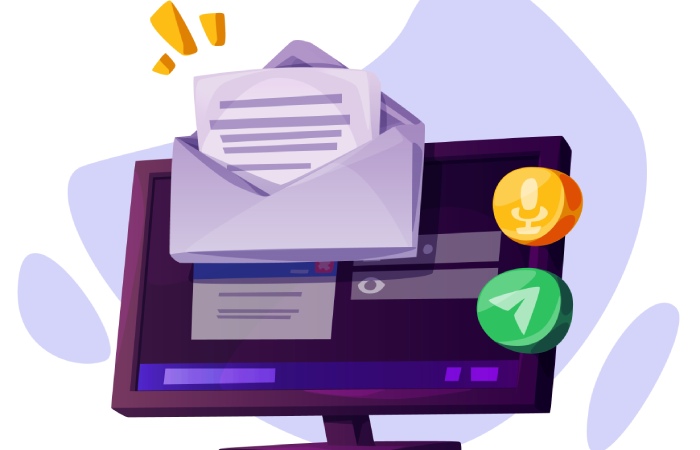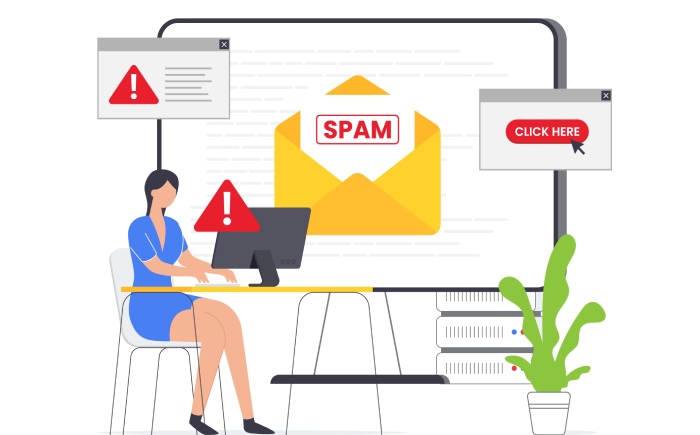Spam filters are a great way to protect yourself from unwanted emails (or phone calls in the case of robocalls). But what exactly makes a spam filter work?
Spam filters identify unsolicited, unsolicited, and virus-infected email (known as spam) and prevent it from getting into email addresses. Internet-service providers (ISPs) and small and medium-sized businesses (SMBs) use spam filters to make sure that they aren’t distributing it.
Both incoming and outgoing email are sent to the filtering process. Spam filters are utilised by ISPs to protect users. Small businesses typically target inbound filters.
There are many means of protecting against spam available. They can be hosted in the cloud, on servers, or incorporated into email software such as Microsoft Outlook.
How do spam filters work?
These filters use heuristic techniques used when creating new regulations, and algorithms assign scores to each received email message for using spam features. Senders are blocked from viewing messages once the threshold is passed, and the sent messages are identified as spam.
Different types of spam filters exist for different criteria.
- Content filters – The addon goes through text messages for common spam words.
- Header filters – Search the domain header to see if there are any suspicious email addresses, such as spammers.
- Blocklist filters – The stops the messages coming from a warning list of questionable IP addresses. Some filters go further and check the authenticity of the IP address’s third-party reputation.
- Rules-based filters – The company applies rules it created to filter out emails that will be sent to specific senders or e-mails that contain specific words in their subject line or body.
Mail Tester can help you test the spamminess of an email. A single approach to handling email spam cannot solve the problem, and a synthesis of various methods is essential to make them effective.
Is spam filtering necessary?
It is a requirement for businesses in the 21st century to have e-mail spam filtering. Spam is not going away.
It is believed that 70% of all email sent internationally is spam, and spam volume continues to rise as spammers sustain a reliable line of business. Spammers are becoming ever more sophisticated and innovative in their campaign to get others to reply to their messages and their harmful effects. Antispam solutions require continuous updating to handle the ever-advancing spamming methods.
Why is spam filtering important?
A spam filtering service can be 100 percent effective. However, setting up an email server without spam filtering is risky, at the very least often unusable. It is necessary to try and eliminate as much spam as possible, to guard your network from the numerous possible threats viruses, phishing attacks, compromised web links and malicious content can present.
Filters may also eliminate firm emails from being overwhelmed and become spam servers, which can hamper your servers.
Filters help prevent email from reaching your employees’ inboxes, keeping your network, staff, and data more secure.
Do you need a spam filter?
Spam mail might even endanger your business’s reputation, threaten servers, and overload your employees’ inboxes, among the biggest dangers to your company. Spam, therefore, should be disabled as quickly as possible as to free up the maximum amount of space for legitimate mail. Additionally, you will need a solution to make spam inaccessible.
How can spam filters help you?
When you choose to repair or improve your spam filter solution, keep in mind that there are an abundance of spam filter software programs available, and it might take some time to discover what works best for your company.
Some things to consider while conducting the experiment.
- CAPTCHAs are not enough to stop spam, whether or not you’re using the most recent technology. This should go without saying, but not all spam-blocking software is designed to protect you fully.
- Your network’s security is critical, but the emails your employees require shouldn’t be halted.
- Administrators should have the ability to edit settings in order to create rules which suit your organisational needs. This customization should be easy, even for users without sophisticated computer skills.
In conclusion, spam filtering is the process of identifying unwanted emails. It is generally applied to email published in bulk to all users. The goal of spam filtering is to detect and remove email that individuals do not want. Spam filtering is supported by machine learning and artificial intelligence.


